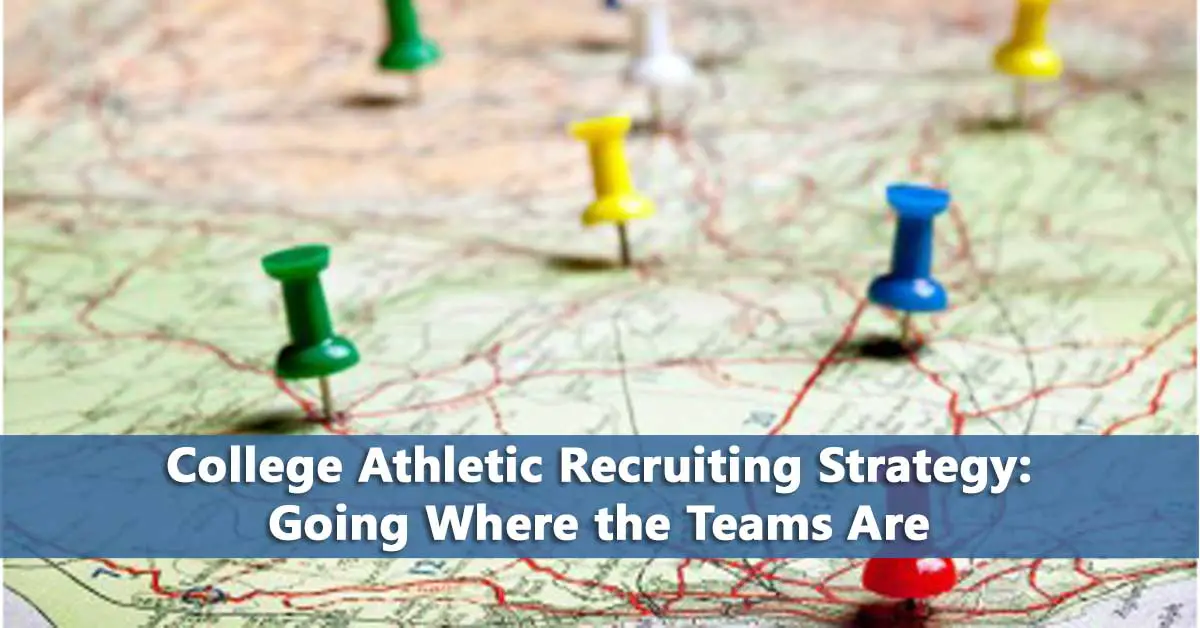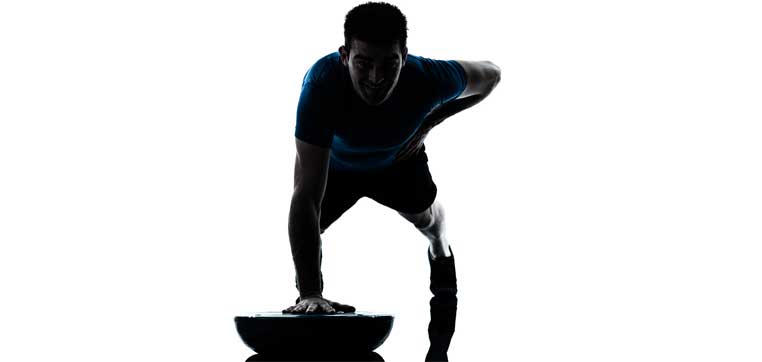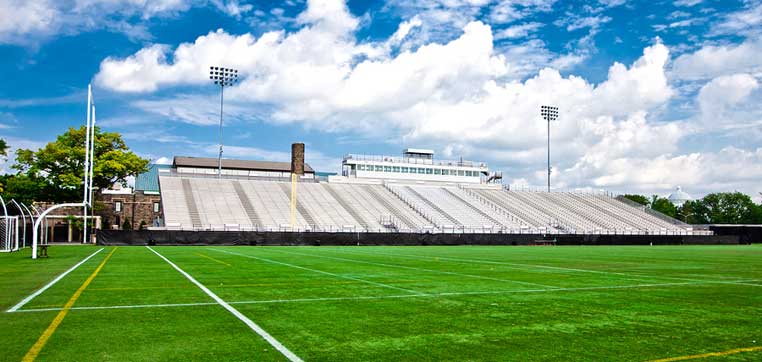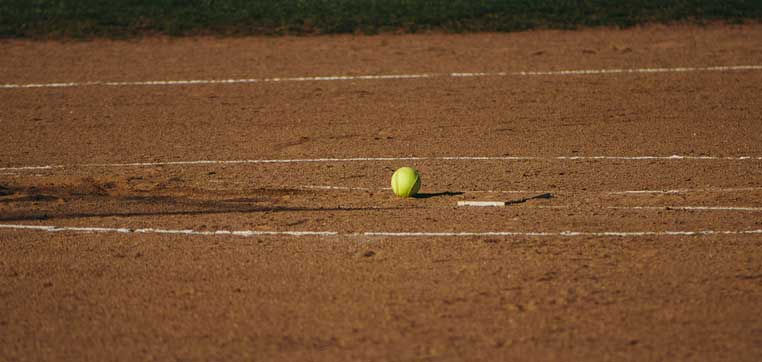 If you are a high school athlete and already have five coaches from D1 schools showing up when you play and you’re only a junior-congratulations! You need not read any further. For those of you who aren’t nationally ranked athletes but still want to play at the college level-read on.
If you are a high school athlete and already have five coaches from D1 schools showing up when you play and you’re only a junior-congratulations! You need not read any further. For those of you who aren’t nationally ranked athletes but still want to play at the college level-read on.
Softball
Getting Recruited: What You Might Have Forgotten
 It’s easy to get caught up in the recruiting process. You’ll spend some time chasing a shiny that turns out not to be. Or maybe you’ll become fixated on improving hand strength and start neglecting other parts of your workout routine. And as you go through the process, you’ll have things pop-up that you know something about but could really use more information. But there are all these other things you’re trying to take care of. It’s completely normal.
It’s easy to get caught up in the recruiting process. You’ll spend some time chasing a shiny that turns out not to be. Or maybe you’ll become fixated on improving hand strength and start neglecting other parts of your workout routine. And as you go through the process, you’ll have things pop-up that you know something about but could really use more information. But there are all these other things you’re trying to take care of. It’s completely normal.
Strength and Conditioning Programs for Incoming College Athletes
 If you read any books on college athletic recruiting, you’ll come across a section that discusses the biggest surprises to new college athletes coming from high school. I can’t think of a single one that doesn’t mention the dramatically harder college strength and conditioning programs. In fact, I’m willing to bet it would come in first by a wide margin over any other freshman surprises.
If you read any books on college athletic recruiting, you’ll come across a section that discusses the biggest surprises to new college athletes coming from high school. I can’t think of a single one that doesn’t mention the dramatically harder college strength and conditioning programs. In fact, I’m willing to bet it would come in first by a wide margin over any other freshman surprises.
When Will College Coaches Start Contacting Me?
 (Updated for 2020) If you’re serious about playing college athletics, you need to understand how and when college coaches can start contacting you (officially) and when you can contact them. I remember sitting in the bleachers in April and listening to one parent’s angst that the baseball coach from a particular college hadn’t called them yet. The fact was that this was April of the player’s junior year–according to the NCAA recruiting periods and contact rules at the coach couldn’t call him until July.
(Updated for 2020) If you’re serious about playing college athletics, you need to understand how and when college coaches can start contacting you (officially) and when you can contact them. I remember sitting in the bleachers in April and listening to one parent’s angst that the baseball coach from a particular college hadn’t called them yet. The fact was that this was April of the player’s junior year–according to the NCAA recruiting periods and contact rules at the coach couldn’t call him until July.
How Much do D1 Colleges Spend on Softball Programs?
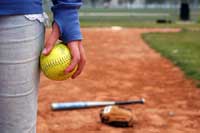 (This post has been updated with data available December of 2019.) All things being equal, why not play for a college that spends more money on its softball program? Of course, all things are rarely equal and money doesn’t guarantee a winning record. But who knows, maybe while scrolling through the schools, looking to see which ones are higher or lower than you expected, you might come across a school you hadn’t previously considered. I wouldn’t use it to reduce your choices, unless all things being equal, but it just might expand your horizons. The table below shows the average college softball expenses from 2013 to 2017 for D1 softball programs.
(This post has been updated with data available December of 2019.) All things being equal, why not play for a college that spends more money on its softball program? Of course, all things are rarely equal and money doesn’t guarantee a winning record. But who knows, maybe while scrolling through the schools, looking to see which ones are higher or lower than you expected, you might come across a school you hadn’t previously considered. I wouldn’t use it to reduce your choices, unless all things being equal, but it just might expand your horizons. The table below shows the average college softball expenses from 2013 to 2017 for D1 softball programs.
What Athletes Need to Know About the Ivy League Academic Index
 If you’re interested in playing your sport for one of the Ivy League schools, you need to understand the Academic Index. I’m assuming that you already know that the Ivy League does not provide athletic scholarships and that you’re hoping to use your athletic abilities to help you get admitted. After all, recruited athletes have approximately a 30 percentage point advantage in being admitted compared to non-athletes with no legacy status. And a recent analysis of data from Harvard showed that “Athletes with the highest or second-highest academic rating on an internal Harvard admissions scale have an acceptance rate of 83 percent—compared to 16 percent for non-athletes.”
If you’re interested in playing your sport for one of the Ivy League schools, you need to understand the Academic Index. I’m assuming that you already know that the Ivy League does not provide athletic scholarships and that you’re hoping to use your athletic abilities to help you get admitted. After all, recruited athletes have approximately a 30 percentage point advantage in being admitted compared to non-athletes with no legacy status. And a recent analysis of data from Harvard showed that “Athletes with the highest or second-highest academic rating on an internal Harvard admissions scale have an acceptance rate of 83 percent—compared to 16 percent for non-athletes.”
50-50 Highlights: NAIA Colleges
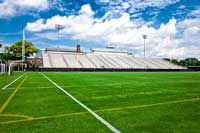 The NCAA is not the only college athletic organization with sports programs. The National Association for intercollegiate Athletics (NAIA) has over 250 members. Like the NCAA, the NAIA regulates the number of scholarships available and students must register with the NAIA Eligibility Center.
The NCAA is not the only college athletic organization with sports programs. The National Association for intercollegiate Athletics (NAIA) has over 250 members. Like the NCAA, the NAIA regulates the number of scholarships available and students must register with the NAIA Eligibility Center.
NAIA offers fewer sports than the NCAA but does offer more scholarships in some sports. The maximum number of scholarships allowed in baseball, men’s golf, men’s soccer, and men’s tennis are higher in the NAIA. The NCAA offers more scholarships in women’s sports compared to the NAIA.
50-50 Highlights: NCAA D2 Colleges
 The NCAA Division 2 is the smallest of the three NCAA Divisions. Division 2 colleges, like Division 1 schools, offer athletic scholarships. However, they do not offer as many scholarships in many sports and are not required to sponsor as many varsity teams as D1 programs. They also tend to offer more partial scholarships. However, since they aren’t required to offer headcount scholarships, you will often find D2 colleges actually sponsor more varsity teams than required.
The NCAA Division 2 is the smallest of the three NCAA Divisions. Division 2 colleges, like Division 1 schools, offer athletic scholarships. However, they do not offer as many scholarships in many sports and are not required to sponsor as many varsity teams as D1 programs. They also tend to offer more partial scholarships. However, since they aren’t required to offer headcount scholarships, you will often find D2 colleges actually sponsor more varsity teams than required.
5 Ways to Get Smart About the National Letter of Intent
 We’ve all seen the pictures in the local paper, high school seniors signing their National Letter of Intent (NLI) to play for a specific university or college. Sometimes there are proud parents in the pictures. Other times, you’ll see team colors or maybe a football. What you won’t see is a coach from the university the student is signing the NLI with.
We’ve all seen the pictures in the local paper, high school seniors signing their National Letter of Intent (NLI) to play for a specific university or college. Sometimes there are proud parents in the pictures. Other times, you’ll see team colors or maybe a football. What you won’t see is a coach from the university the student is signing the NLI with.
Why? Because it’s not allowed under the rules.

